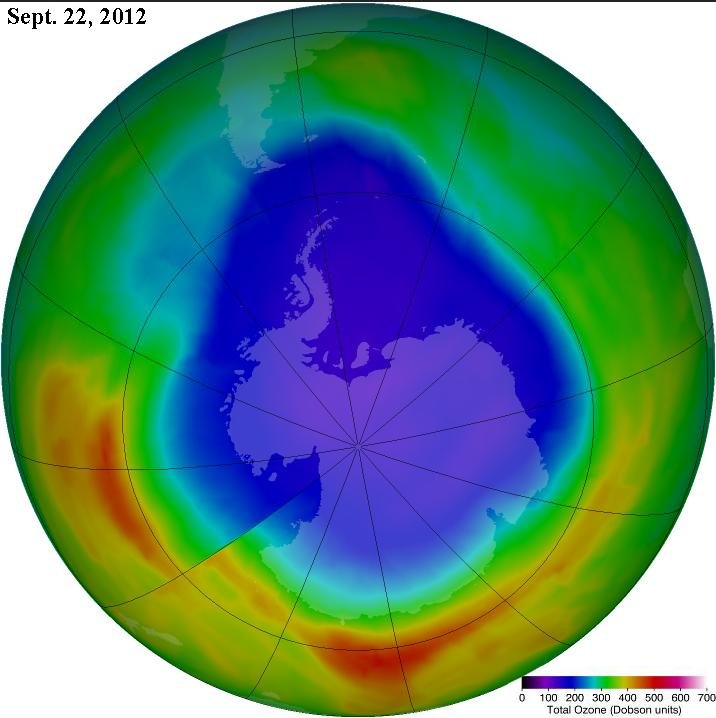GREENBELT, Md., Oct. 25 (UPI) -- Satellite data show the average area covered by the Antarctic ozone hole this year was the second-smallest in 20 years, NASA reported.
The ozone hole reached its maximum size for the year Sept. 22, covering 8.2 million square miles -- the area of the United States, Canada and Mexico combined.















